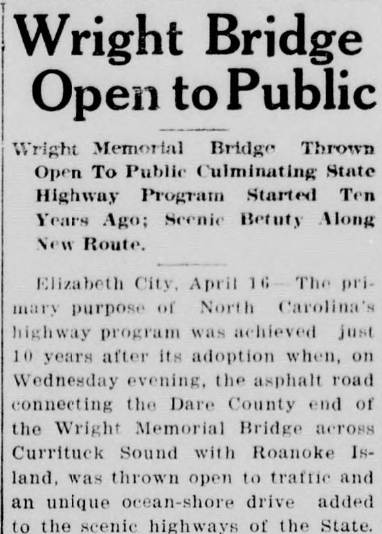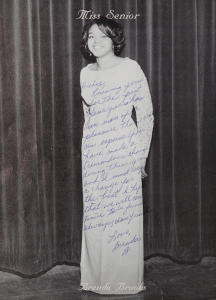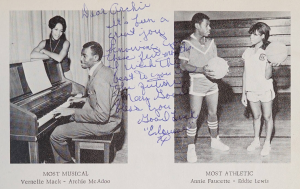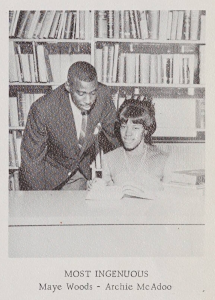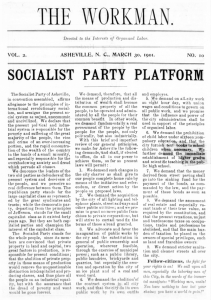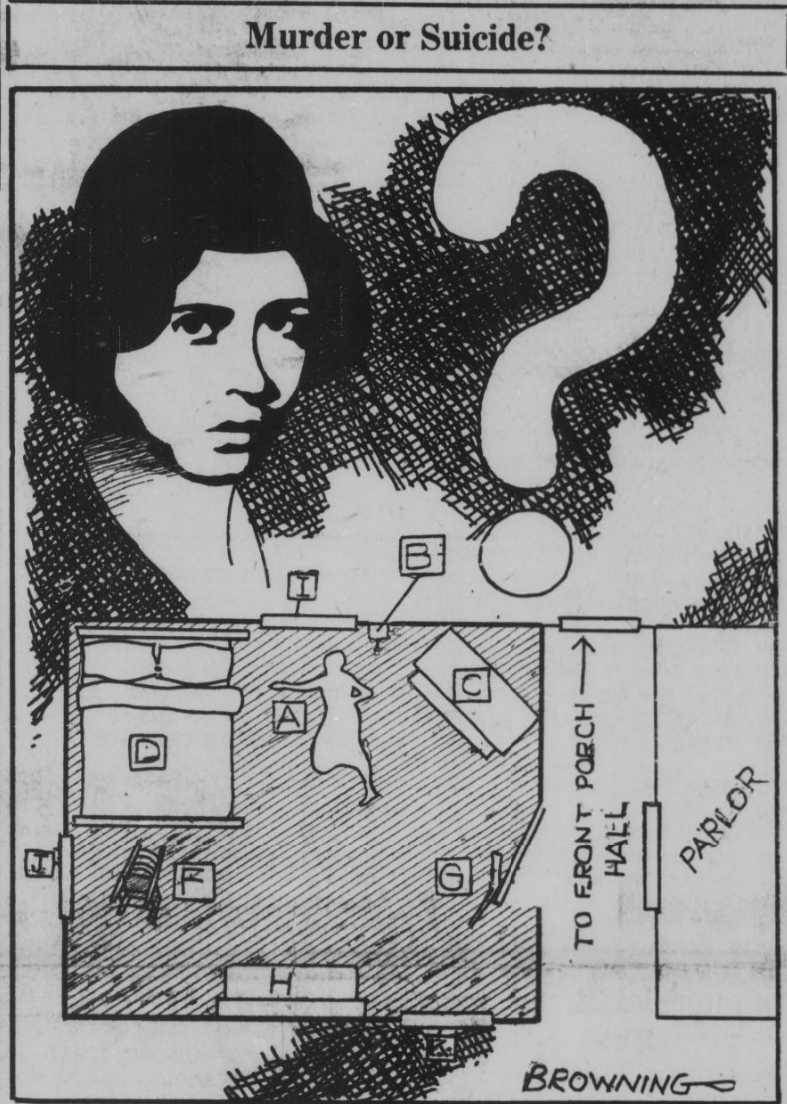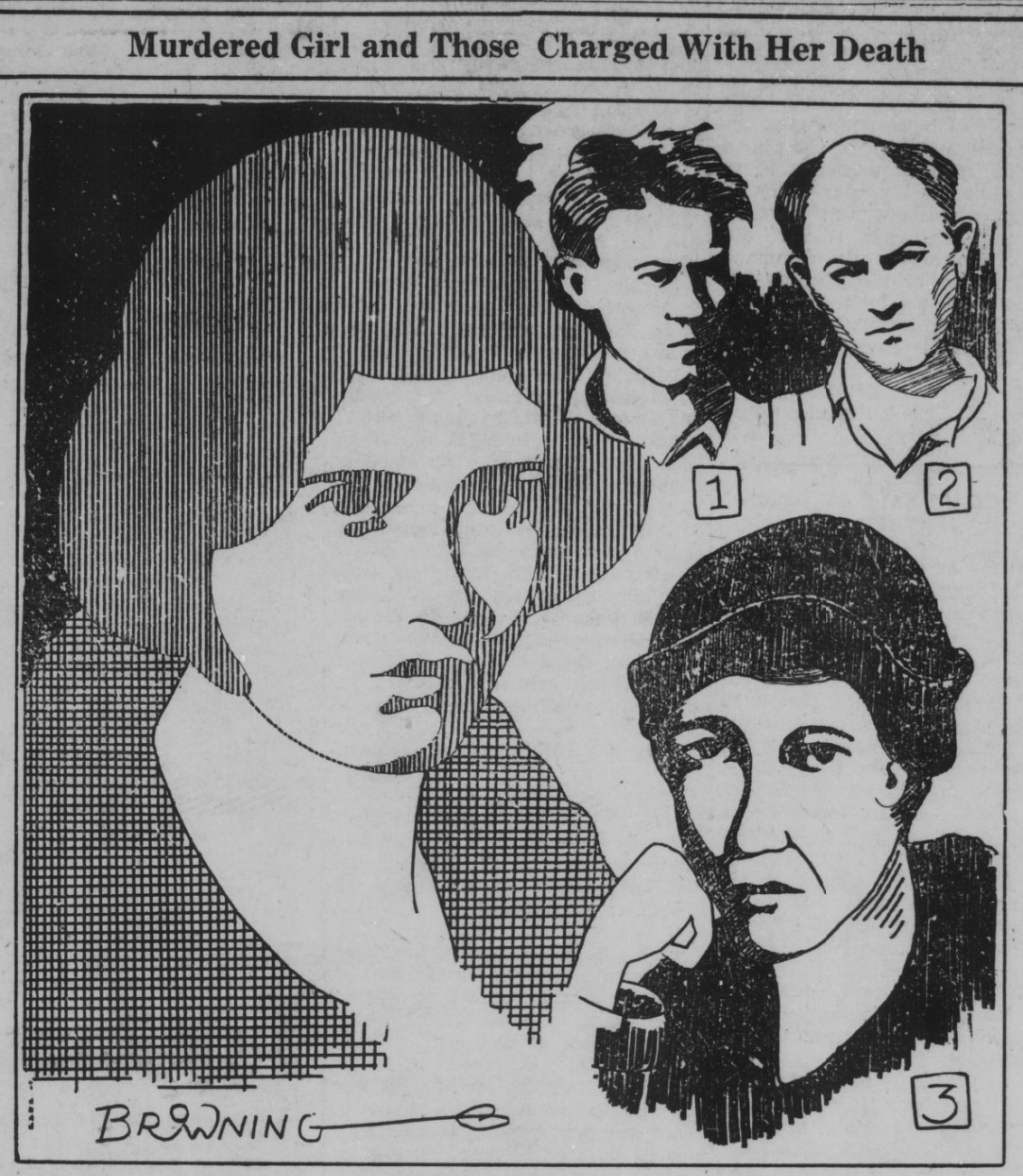Our latest batch of materials from the Chapel Hill Historical Society has a little something for everyone! Whether you’re interested in the histories of local churches, municipal records, or Carrboro’s Centennial (in 2011), we’ve got materials for you to see.
One exciting piece of local history appears in the scrapbook from the Carrboro Civic Club, which formed a committee to build a public library in Carrboro. The scrapbook contains notes from committee members about the financial aspects and personnel of the project, as well as an early draft of library rules. “Practice good citizenship regarding books,” it warns.
Another cool addition is this book of architectural drawings and specifications for the Carrboro Elementary School. The plans were made in a partnership between the Board of Education; Dr. W. E. Rosenstengel, a professor of education at UNC Chapel Hill; and Croft & Hammond Architects from Asheboro, N.C. The introduction indicates that they planned to enroll 480 students and eventually grow to 720 (with 30 students per classroom). For comparison, Carrboro Elementary has 540 enrolled students for the 2021-22 school year.
Finally, if you’re interested in how anti-littering campaigns were waged in the 1970s, there’s this letter from the National Council of State Gardening Clubs, Inc. As part of the “Keep America Beautiful” project, the Council’s leaders identified the seven main ways that litter appears in communities and illustrated some changes that needed to happen to reduce them.
“There is every likelihood that this marriage of behavioral science and techniques will produce offspring reaching into all facets of community life and improving the whole climate in which human beings live as neighbors,” editor Christopher C. Gilson writes.
These three items barely encompass the variety of materials that’s been added, so you can do even more exploring yourself by looking through the whole batch. To see more materials from the Chapel Hill Historical society, you can visit their partner page or their website. The run of Chapel Hill News Leader newspaper issues from 1958-59 that was uploaded with this batch is also available.
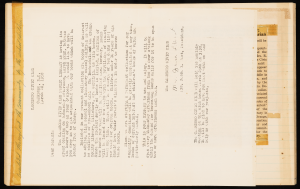
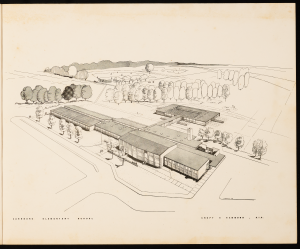
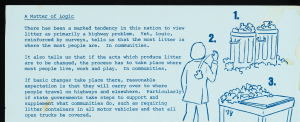




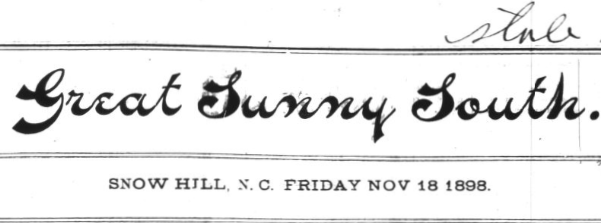

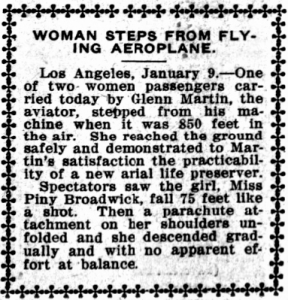

![Header for The Roanoke News. It reads: The Roanoke News. Established in 1866--Serving Halifax and North [H]ampton counties.](https://www.digitalnc.org/wp-content/uploads/2022/02/download.png)
